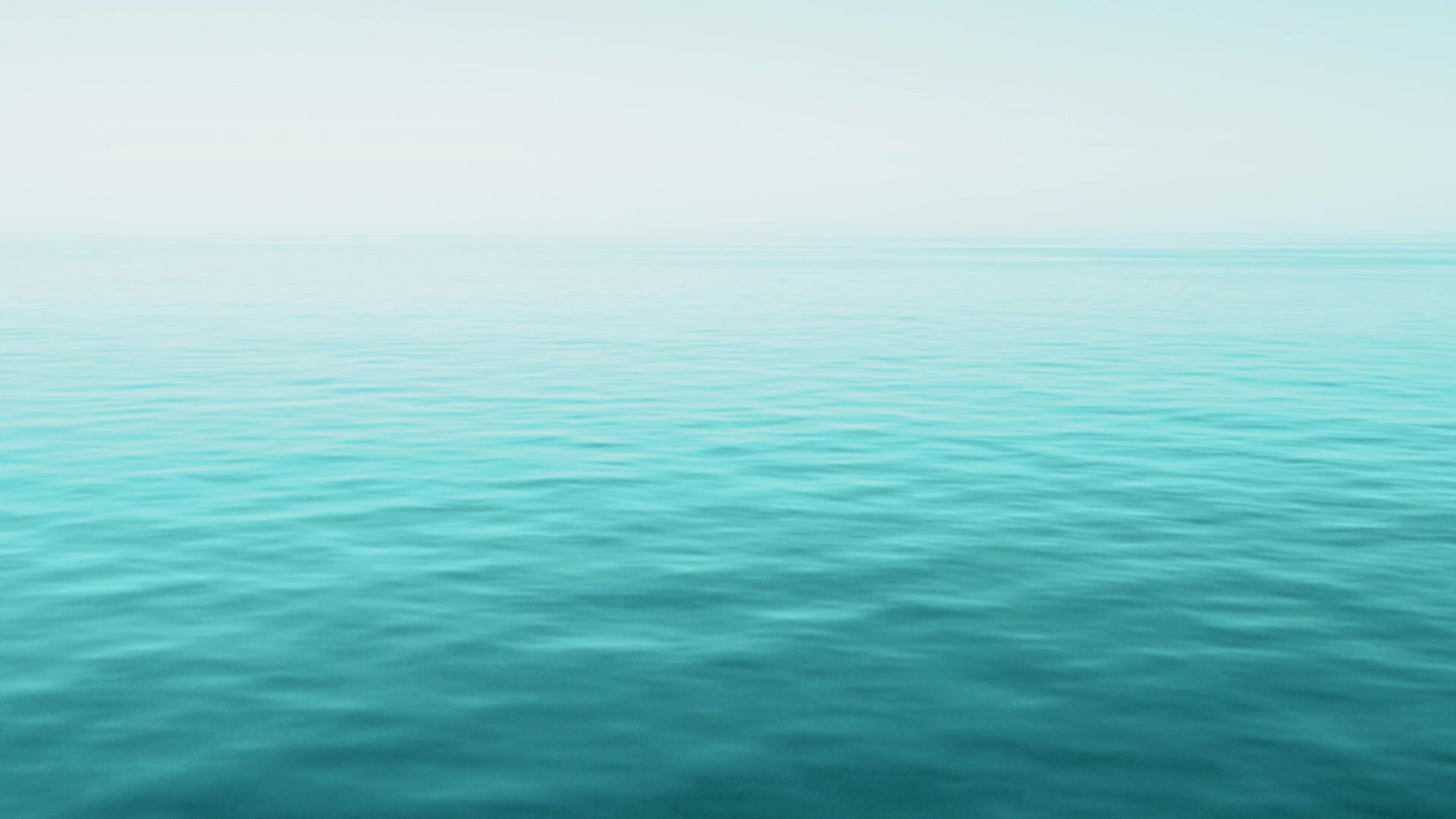The Karate Way
- Tatsu Dojo
- May 30
- 3 min read
The Structure And Science Of A Martial Art

I don't believe that Dave Lowry, author of the book, The Karate Way, would have too much heartburn with me borrowing his title for our blog this week. Lowry, a long-time karate practioner, has some differing views on such topics as competition, kata, and who to choose for a teacher. But he and I can agree that karate, depending on the style, was meant to be a complete martial art. "Complete," meaning that it possess all of the necessary elements for physical and mental self-perfection as well as self-defense. The challenge for any karate school these days is interest and time. It is my strong belief that more people would be interested in studying karate if they knew of the many benefits it offers as well as its applicability to physical altercations. If folks understood the first part, then the willingness to dedicate their time to training would come naturally.
Without diving too deep into history, karate originated in Okinawa, the outcome of trade with China. Sailors and merchants brought back all kinds of cultural treasures, including exotic foods, religion and martial arts. In fact, the oldest Okinawan Karate systems can trace their roots directly back to forms of Chinese Kung Fu, especially kata, physical conditioning and combat application. Now, these are the points I'd like to touch on, mainly because there are a great deal of martial artists as well as armchair quarterbacks out there on YouTube and other social media sites, who believe that karate is outdated and useless. They have no use for kata (forms), basic training (kihon) and/or especially kumite, which is applied fighting. That last part..."applied fighting,"....that's where a lot of MMA dudes have an issue.
In the last 10-15 years, you see phrases like "pressure fighting" thrown around a lot. Essentially, if you're not and going all out on training partners or frequently doing "ground and pound," your xyz martial art sucks and certainly won't work in the street. Of course, there are certainly hints of truth in this claim. Yes, you need to frequently train with people who provide adequate resistance; you need spar on a regular basis with and without pads and need a healthy dose of reality when it comes to ending up on the ground. No argument here. But where I part ways with a lot of these guys is how we get there. You see, there were a handful of men and women who dedicated their lives to perfecting martial skills and proved their effectiveness and lethality in combat and altercations. And they did it without MMA gloves, without fancy punching bags or high-end equipment. They certainly did it without video.
Let's start with the basics: kihon. Punching air. Line drills. Stances. All of the boring, monotonous routines that you really don't need, right? Why not just go hit a punching bag and find a sparring partner? Well, because if you have the right teacher, (very important), who constantly corrects your form, e.g. your posture, how you use your hips, your stance, breathing, mental attitude, etc., then you will eventually learn how to apply all of these things in a real fight. Eventually. Like, not today. Not in a month from now. A good teacher will incorporate bone conditioning where students practice striking each other in various areas of the body, which builds pain tolerance, bone density and soft tissue resilience. You will not only learn kata, but how each move is actually applied in various scenarios, kind of like boxing combos. If you're lucky, you have a karate sensei who understands the art of throwing, joint locks/breaks and ground fighting. You see, all of these were original aspects of karate before it became a sport.
Karate was first and foremost a close-quarter combat system, developed over decades and decades. There's a reason for all of those pointless blocks, a reason to practice static and dynamic stances. There is a timeless methodology for using a striking post (mikiwara), for practicing nuanced patterns (kata) and for guided sparring sequences (kumite). And yes, a reason for cultural aspects like learning a different language, wearing a uniform, practicing etiquette, etc. Karate develops a person from the outside in; the more you are willing to put your body through, the more your mind and spirt grow. And the more you realize you never want to have to use it. And that's the difference. Because if you study karate the way the old guys did, you know that sparring, while important, is not the same as applied technique. You also understand the necessity for constant practice and physical conditioning. Discipline. That's the only way any of this stuff will work. Kind of like life.
Dave Magliano
Tatsu Dojo
Jissenkan Budo
Dojo Cho





Comments